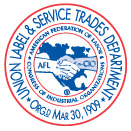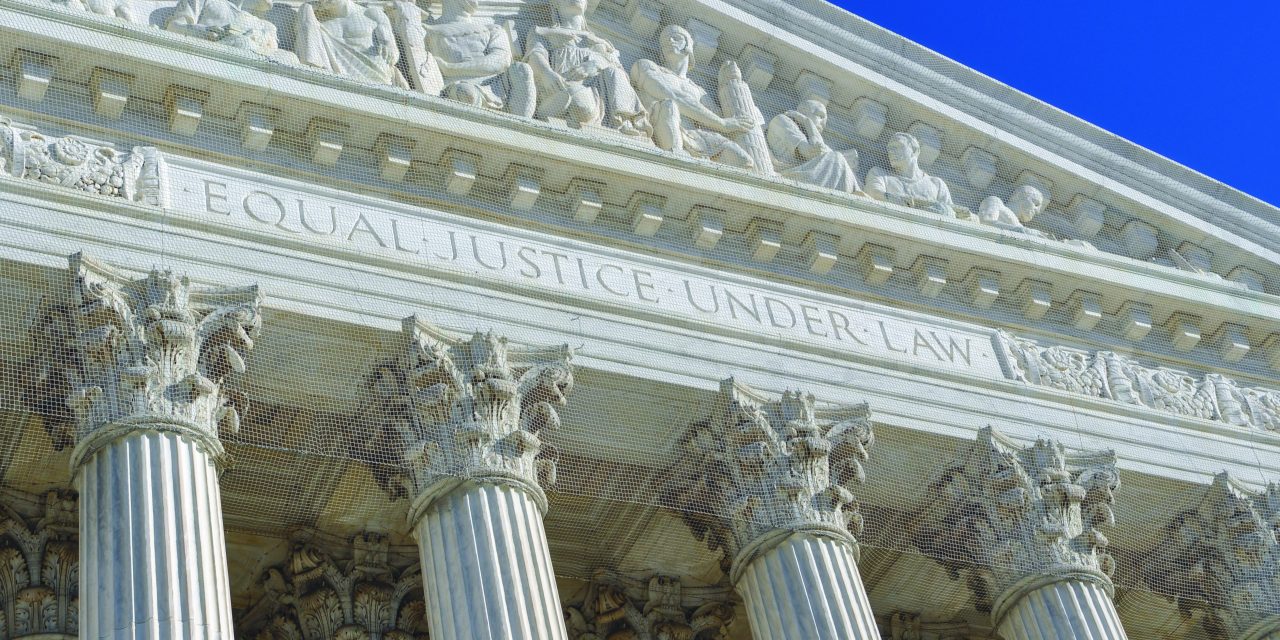In a landmark decision on May 22, 2025, the U.S. Supreme Court declined to reinstate Gwynne Wilcox, a Democratic member of the National Labor Relations Board (NLRB), who was dismissed by President Donald Trump earlier this year. The Court’s ruling, which effectively endorses the president’s authority to remove independent agency officials without cause, has sparked significant concern among labor unions and advocates for workers’ rights.
Wilcox’s dismissal on January 27, 2025, left the NLRB without the quorum necessary to adjudicate cases, effectively paralyzing the agency responsible for enforcing labor laws and protecting workers’ rights to organize. Labor experts warn that the Supreme Court’s decision undermines the NLRB’s independence and could set a precedent for increased political interference in agencies designed to be impartial.
Labor organizations have expressed alarm over the ruling. AFL-CIO President Liz Shuler stated, “The court’s decision to uphold the integrity and independence of the NLRB is crucial. Working people around the country count on equal justice and fair decision-making from an independent NLRB.”
The Congressional Labor Caucus also condemned Wilcox’s firing as an “unprecedented and illegal attack on the NLRB,” emphasizing that it violates both the National Labor Relations Act and longstanding Supreme Court precedent.
The incapacitation of the NLRB has had immediate consequences for workers seeking to address unfair labor practices. With the board unable to function, cases involving major employers like Amazon and Tesla have stalled, leaving workers without recourse. Cathy Creighton, director of Cornell University’s Industrial and Labor Relations Buffalo Co-Lab, noted, “Right now, the NLRB is not operational because there are only two out of five board members, and the Supreme Court has ruled that they cannot operate with less than three members.”
The Supreme Court’s decision signals a potential shift in the balance of power between the executive branch and independent federal agencies. By allowing the president to remove agency officials without cause, the ruling challenges the protections established in the 1935 Humphrey’s Executor v. United States case, which aimed to insulate such agencies from political influence. This development raises concerns about the future autonomy of agencies like the NLRB and their ability to safeguard workers’ rights.







